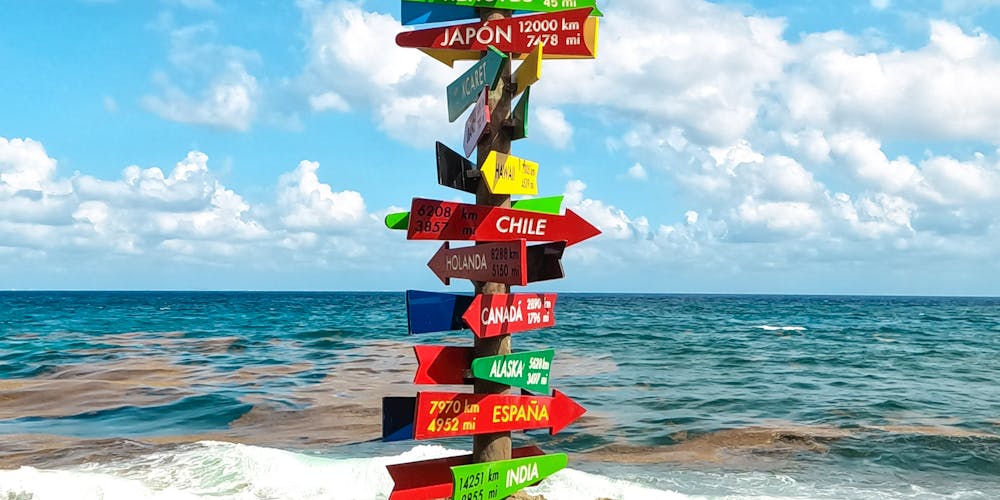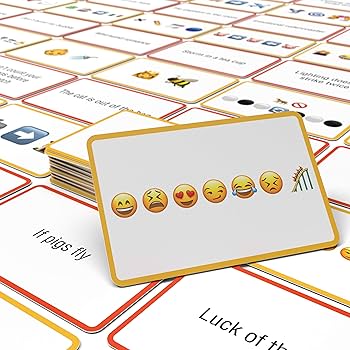Welcome to the vibrant and versatile world of emojis, where tiny pictographs speak louder than words. In this digital age, emojis have become an essential part of our communication, allowing us to express a wide range of emotions, ideas, and objects in a concise and visually appealing manner. And with the growing popularity of emojis, a comprehensive lexicon of named emojis has emerged, each with its unique meaning and context. In this article, we will take a deep dive into the fascinating world of emojis with names, exploring their history, significance, and usage across different platforms.
Origins of Emojis with Names
The Birth of Emojis
The journey of emojis began in the late 1990s when Japanese engineer Shigetaka Kurita created a set of 176 emoji characters for NTT DoCoMo’s i-mode mobile internet platform. These early emojis were designed to facilitate communication between Japanese users, depicting everyday objects, emotions, and activities. The word “emoji” is derived from the Japanese words “e” (picture) and “moji” (character), translating to “picture character.”
Standardization of Emojis
In 2010, Unicode, the international standard for encoding, representation, and handling text, adopted a standardized set of emojis, making them accessible to users worldwide. This move paved the way for the global proliferation of emojis, with major tech companies such as Apple, Google, and Microsoft incorporating emojis into their messaging platforms and operating systems. Today, there are over 3,300 emojis in the Unicode Standard, with new emojis being added every year.
Types of Emojis with Names
Smileys and People
Smileys and people emojis are perhaps the most recognizable and commonly used emojis. They typically depict human faces expressing various emotions, such as happiness, sadness, anger, and love. These emojis can also represent different professions, genders, and races, promoting diversity and inclusivity. Some popular smileys and people emojis with names include 😊 Smiling Face With Smiling Eyes, 💁♀️ Woman Tipping Hand, and 👨🎓 Man Student.
Objects
Object emojis depict a wide range of items, from everyday objects like food and clothing to more abstract concepts like weather and time. They are often used to describe a situation or convey a message without using words. For example, 💼 Briefcase emoji can represent work, while 🌧️ Cloud With Rain emoji can depict a rainy day. Other interesting object emojis with names include 🍕 Pizza, 🚲 Bicycle, and ⏰ Alarm Clock.
Animals and Nature
Emojis depicting animals and nature have gained popularity in recent years, with their cute and playful designs capturing the hearts of users. These emojis can represent specific animals, such as 🐶 Dog, 🐱 Cat, and 🦁 Lion, or more general categories like 🐟 Fish and 🌳 Tree. There are also emojis that combine animals and objects, such as 🦄 Unicorn and 🐙 Octopus.
Symbols
Symbols emojis are a diverse category that includes everything from numbers and punctuation to flags and religious symbols. These emojis are often used to indicate a specific meaning or idea, such as 🔢 Number Sign for counting or 🕉️ Om Symbol for spirituality. They also include regional flags, such as 🇺🇸 United States Flag and 🇯🇵 Japan Flag, and pride flags for the LGBTQ+ community, like 🏳️🌈 Rainbow Flag.
Travel and Places
Travel and places emojis are perfect for expressing your wanderlust or sharing your travel experiences. From iconic landmarks like the 🗽 Statue of Liberty and 🗼 Tokyo Tower to modes of transportation like 🚂 Train and 🛫 Airplane, these emojis can take you on a virtual trip around the world. There are also country flag emojis, such as 🇫🇷 France Flag and 🇨🇦 Canada Flag, that represent different nations.
Activities
Emojis depicting activities are great for expressing hobbies and interests or describing what you’re doing at the moment. These emojis cover a wide range of activities, from sports like ⚽ Soccer Ball and 🏀 Basketball to leisurely pursuits like 📖 Book and 📺 Television. They also include emojis for special occasions, such as 🎂 Birthday Cake and 🎉 Party Popper.
Usage of Emojis with Names
With their versatility and ability to convey emotions, ideas, and objects, emojis have become an integral part of online communication. Here are some ways in which emojis with names are used:
- Social Media: Emojis are widely used on social media platforms like Facebook, Instagram, and Twitter to enhance posts and engage with followers.
- Text Messages: Emojis are often incorporated into text messages to add a personal touch and make conversations more fun and enjoyable.
- Emails: In professional settings, emojis are not commonly used, but they can add a friendly tone to emails or lighten up a serious message.
- Branding: Brands use emojis in their marketing campaigns to connect with audiences and create a playful and relatable image.
- Pop Culture: Emojis have become a part of popular culture, with major events, movies, and TV shows releasing special emoji packs to promote their releases.
Differences in Emojis with Names across Platforms
While emojis are standardized by Unicode, there may be slight variations in their design and appearance across different platforms. This is because tech companies have the freedom to interpret the meaning of emojis and create their own unique versions. For example, the 🤔 Thinking Face emoji on Apple devices has a raised eyebrow, while on Google devices, it has a neutral expression. These differences in design can sometimes lead to misunderstandings or misinterpretations of the intended message.
| Emoji Name | Example | Apple | Samsung | Microsoft | |
|---|---|---|---|---|---|
| Smiling Face With Sunglasses | 😎 | Has sunglasses on top of head | Wearing sunglasses | No sunglasses | No sunglasses |
| Woman Dancing | 💃 | Red dress | Pink dress | Blue dress | Purple dress |
The Future of Emojis with Names
The world of emojis is constantly evolving, with new emojis being added every year to reflect the changing times. In recent years, there has been a push for more inclusive emojis, with proposals for emojis representing disabilities, interracial couples, and gender-neutral options. As our communication continues to become more digital, emojis are likely to play an even bigger role in how we express ourselves and connect with others.
Conclusion
Emojis have come a long way since their humble beginnings in Japan, becoming a global phenomenon that transcends language and cultural barriers. With their growing popularity, named emojis have emerged as a fascinating aspect of this vibrant language, adding depth and meaning to our digital communication. We hope this guide has provided you with valuable insights into the wonderful world of emojis with names and their usage across various platforms. So go ahead, add some emojis to your next text or social media post, and let them do the talking for you!




